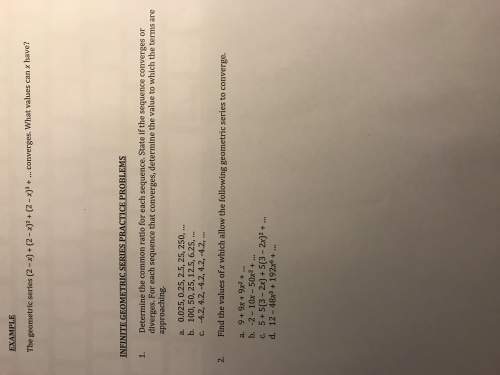
Mathematics, 18.03.2021 01:10 katieleeisaacs8976
A certain process for manufacturing integrated circuits has been in use for a period of time, and it is known that 12% of the circuits it produces are defective. A new process that is supposed to reduce the proportion of defectives is being tested. In a simple random sample of 100 circuits produced by the new process, 11 were defective.
a. If the proportion of defectives in the sample is less than 12%, it is reasonable to conclude that the new process is better.
1. True
2. False
b. If the proportion of defectives in the sample is only slightly less than 12%, the difference could be due entirely to sampling variation, and it's not reasonable to conclude that the new process is better.
1. True
2. False
c. If the proportion of defectives in the sample is a lot less than 12%, it is very unlikely that the difference is due entirely to sampling variation, so it is reasonable to conclude that the new process is better.
1. True
2. False

Answers: 1
Another question on Mathematics

Mathematics, 21.06.2019 18:00
John read the first 114 pages of a novel, which was 3 pages less than 1/3 of the novel. write an equation to determine the total number of pages (p)(p) in the novel.
Answers: 1

Mathematics, 21.06.2019 19:50
Polygon abcde is reflected to produce polygon a′b′c′d′e′. what is the equation for the line of reflection?
Answers: 1

Mathematics, 21.06.2019 21:30
Create a graph for the demand for starfish using the following data table: quantity/price of starfish quantity (x axis) of starfish in dozens price (y axis) of starfish per dozen 0 8 2 6 3 5 5 2 7 1 9 0 is the relationship between the price of starfish and the quantity demanded inverse or direct? why? how many dozens of starfish are demanded at a price of five? calculate the slope of the line between the prices of 6 (quantity of 2) and 1 (quantity of 7) per dozen. describe the line when there is a direct relationship between price and quantity.
Answers: 3

Mathematics, 21.06.2019 23:30
Afactory buys 10% of its components from suppliers b and the rest from supplier c. it is known that 6% of the components it buys are faulty. of the components brought from suppliers a,9% are faulty and of the components bought from suppliers b, 3% are faulty. find the percentage of components bought from supplier c that are faulty.
Answers: 1
You know the right answer?
A certain process for manufacturing integrated circuits has been in use for a period of time, and it...
Questions






Mathematics, 26.04.2020 05:01

Mathematics, 26.04.2020 05:01

Advanced Placement (AP), 26.04.2020 05:01


Mathematics, 26.04.2020 05:01

Social Studies, 26.04.2020 05:01

Chemistry, 26.04.2020 05:01


History, 26.04.2020 05:02


Mathematics, 26.04.2020 05:02


Biology, 26.04.2020 05:02

Mathematics, 26.04.2020 05:02

Social Studies, 26.04.2020 05:02




